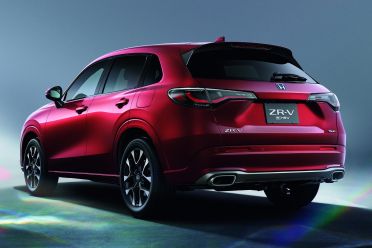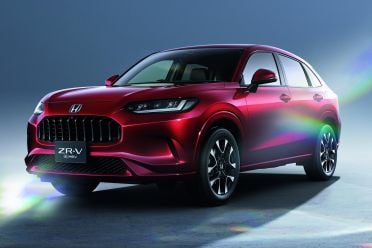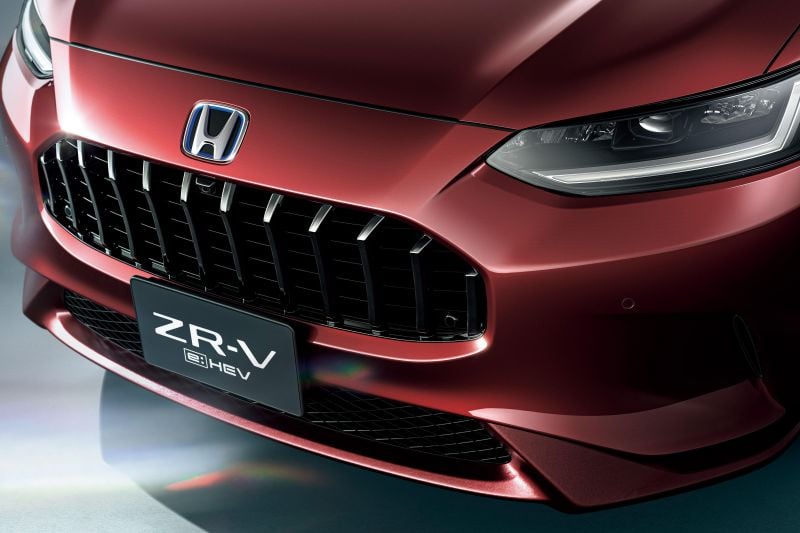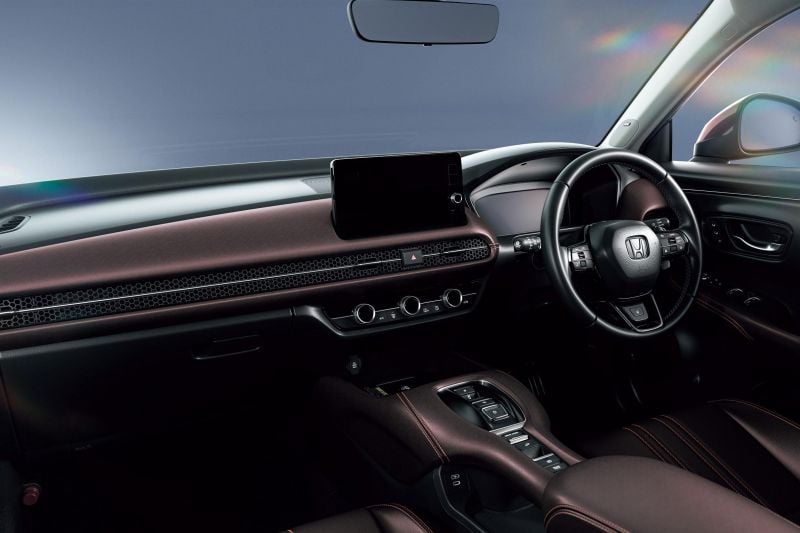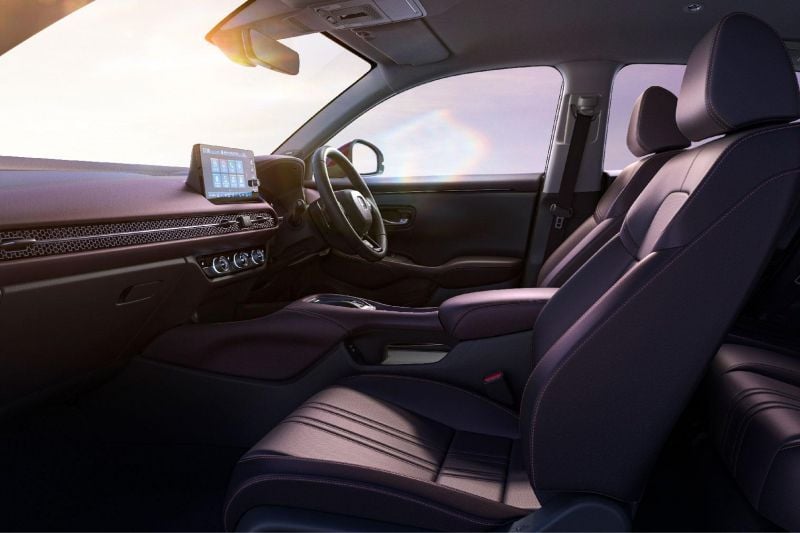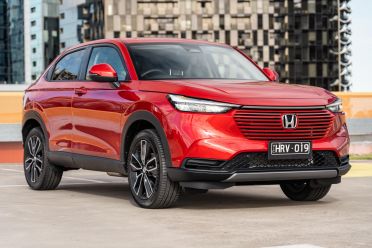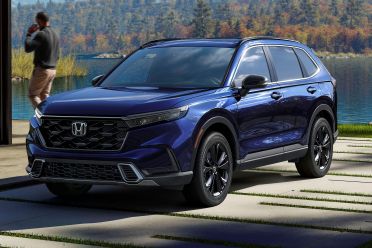The Honda ZR-V has been approved for sale, which will give the Japanese brand a crucial third SUV offering in the Australian market.
The variants section of the government approval documents reads “1.5L, HEV”. This is understood to refer to a turbocharged 1.5-litre and a hybrid 2.0-litre four-cylinder.
The documents don’t include images, but Honda revealed the Japanese-market ZR-V in July as a rebadged, tweaked version of the North American HR-V revealed the month prior.
This is a larger model than the “global” HR-V sold in markets like Australia and Europe, and therefore slots in above it but below the CR-V, which is growing in its new generation.
Honda Australia said in May a third SUV would arrive “over the next 12 to 18 months or so”. It hasn’t provided any more precise timing subsequently.
The Japanese launch of the ZR-V has been pushed from October to next spring (our autumn) as a result of semiconductor shortages, with further details of the model to be announced this month.
The model has also been introduced in China and is set to go on sale in Europe in 2023.
Unlike the HR-V, which only seats four in Australia due to local design rules, the ZR-V will offer five seats.
Based on the Civic, in contrast with the Jazz-based HR-V, the ZR-V also packs more powerful engines than its smaller SUV sibling.
Unlike the HR-V, which uses a naturally aspirated 1.5-litre four-cylinder as its base engine, the ZR-V uses a turbo 1.5-litre.
Though outputs for the ZR-V haven’t been released, this engine is available in the Civic with 131kW/240Nm, mated with a continuously variable transmission.
The e:HEV hybrid mates a 2.0-litre four-cylinder engine with two electric motors. Again, outputs haven’t been released for the ZR-V, but the Civic’s 2.0-litre hybrid option produces 135kW and 315Nm while the new Accord produces 152kW and 335Nm.
Both powertrains are offered with a choice of front- or all-wheel drive in Japan.
Like the American HR-V, the ZR-V should be around 4567mm long, 1839mm wide, between 1610mm and 1621mm tall, and ride on a 2654mm wheelbase.
This places the new crossover squarely between the 4.35m HR-V available in local showrooms, and the upcoming sixth-generation CR-V that’s nearly 4.7m long.
It also makes it around 100mm longer and 14mm wider than a Toyota Corolla Cross on a 14mm longer wheelbase.
Compared to the American HR-V, the Japanese ZR-V has a different front bumper that’s smoother and doesn’t feature the large gloss black faux air intakes of its American sibling.
The grille shape is largely the same, but is filled with a series of vertical black slats instead of a honeycomb mesh.
Along the sides the ZR-V has body-coloured wheel arch protectors and side skirts rather than the HR-V’s gloss black treatment.
At the back body colour has again replaced gloss black for the bumper. Unlike the US HR-V, which has hidden exhaust tips, the ZR-V features chrome-tipped finishers surrounded by a silver faux bash-plate element.
Similar differences appear inside the cabin too. The ZR-V’s dashboard can be had with a top section that’s colour-coded to the seat, centre console, door and arm rest trims.
Ahead of the driver there’s a completely digital instrumentation display, whereas the American HR-V pairs a 7.0-inch info screen with a physical speedometer.
The hybrid ZR-V pictured here also swaps the petrol-only US HR-V’s traditional gear shifter for a line of buttons and switches.
The introduction of the ZR-V will give Honda a new model line after it has spent the past couple of years trimming the number of models it offers.
It has discontinued the Jazz, City, Civic sedan, Odyssey and NSX, leaving it with only four models: the Civic hatch, HR-V, CR-V and Accord.
Honda said in July the new CR-V was “more than 12 months away”, while it hasn’t given any indications as to when we should expect the new Accord as our Thai-sourced model operates on a different product lifecycle from the US-market version.


